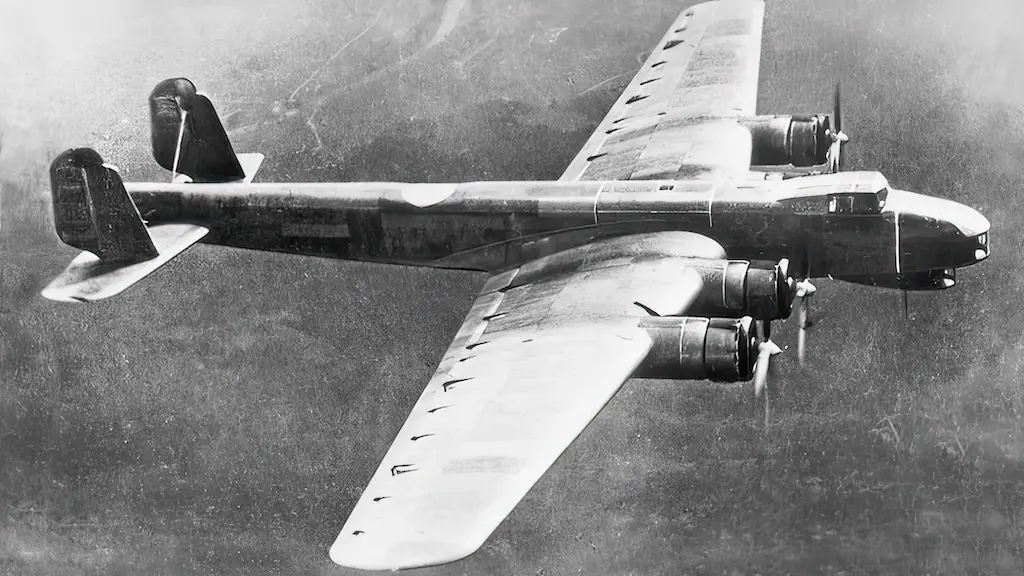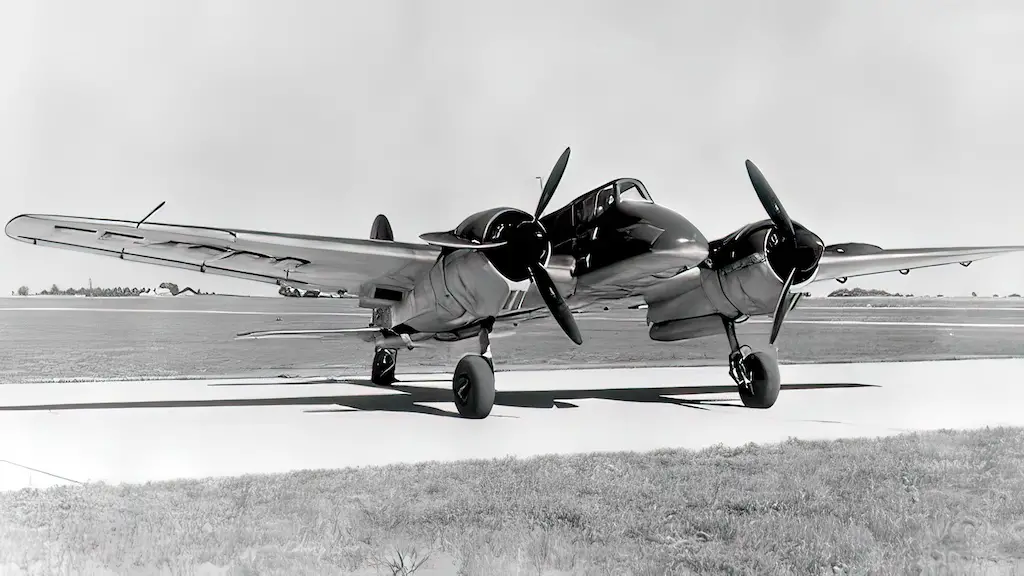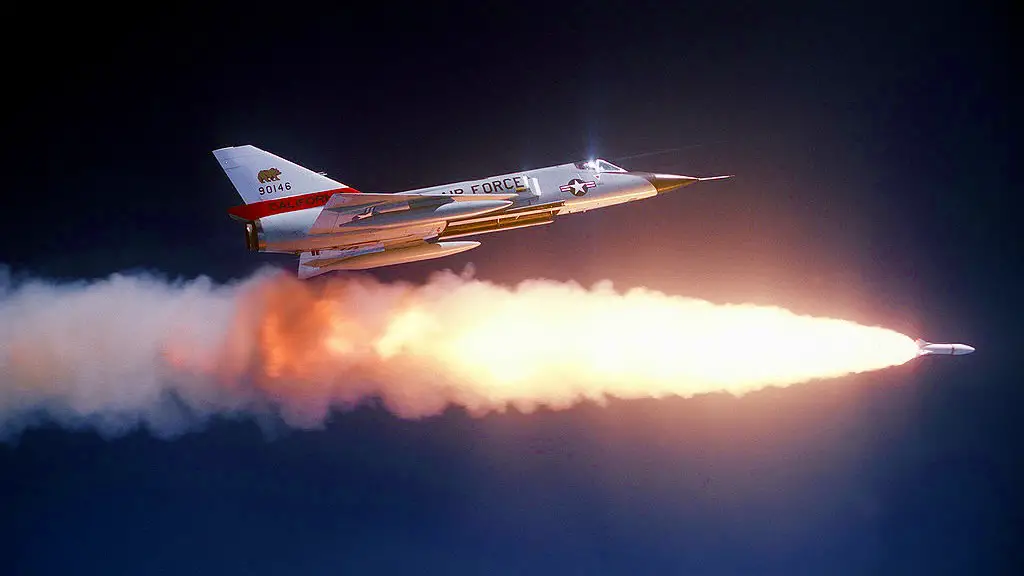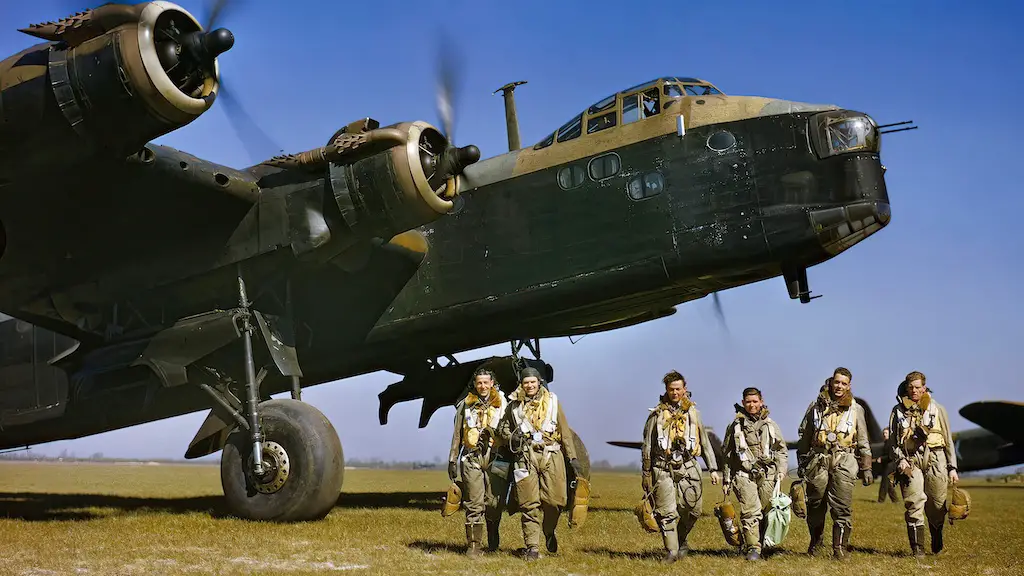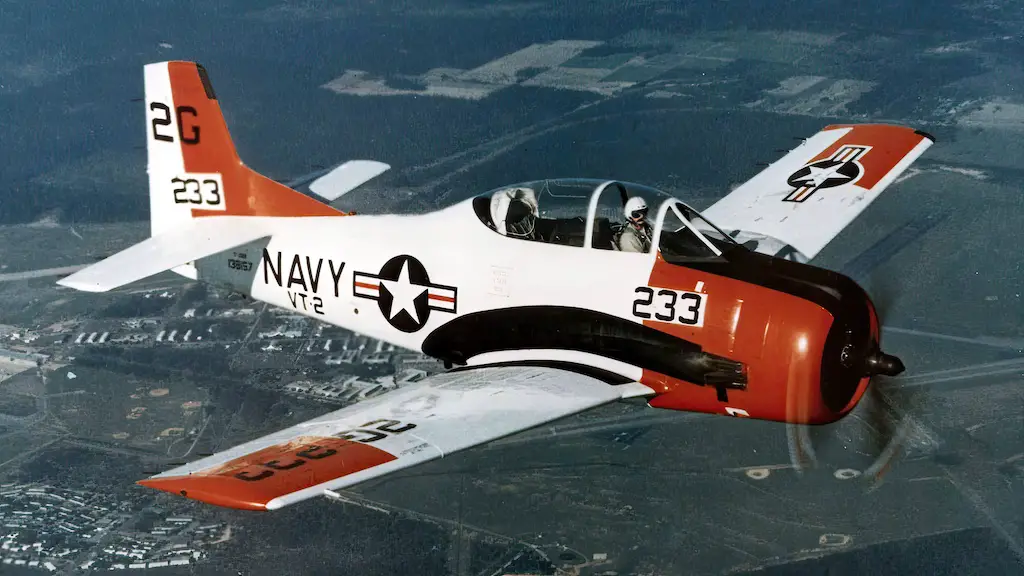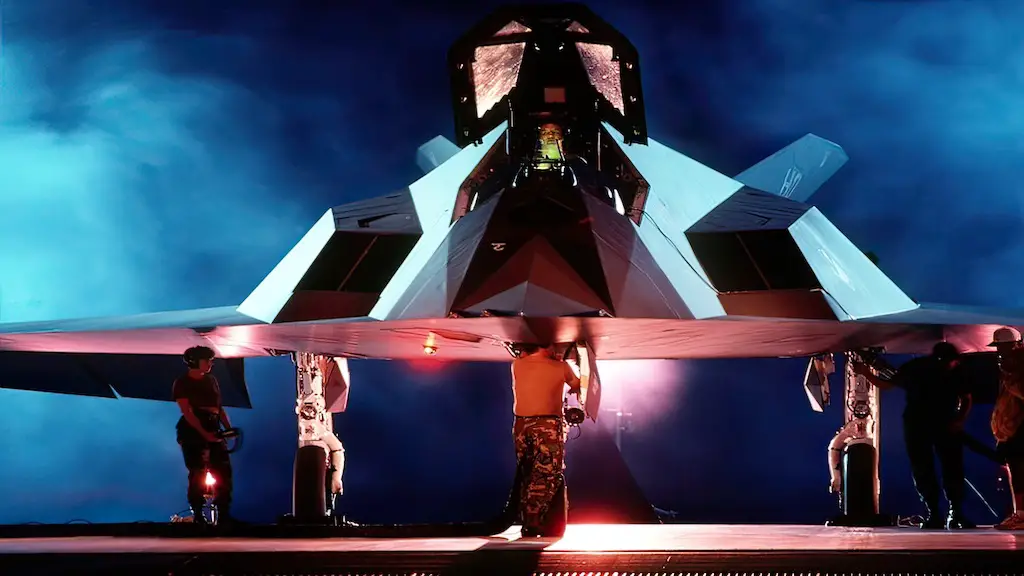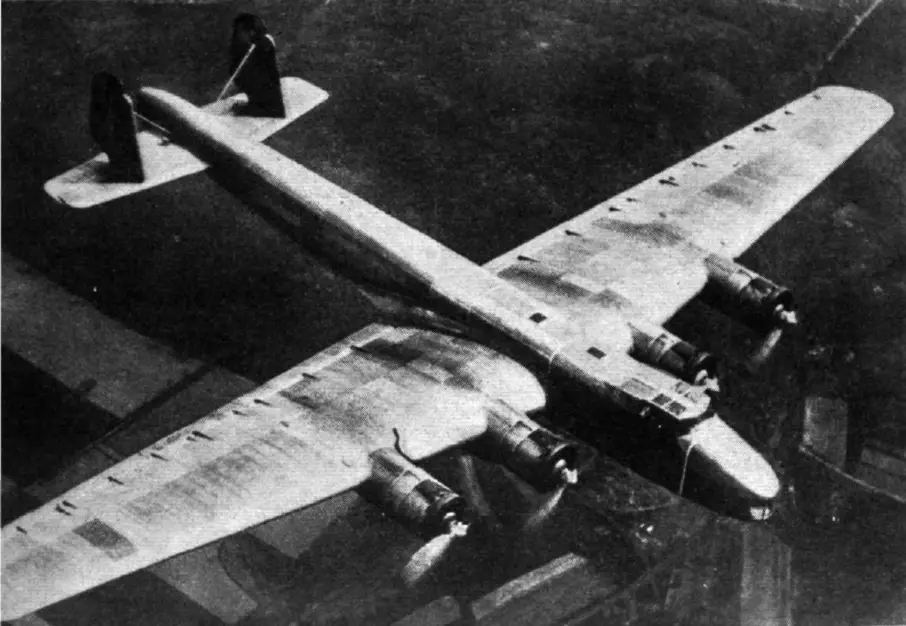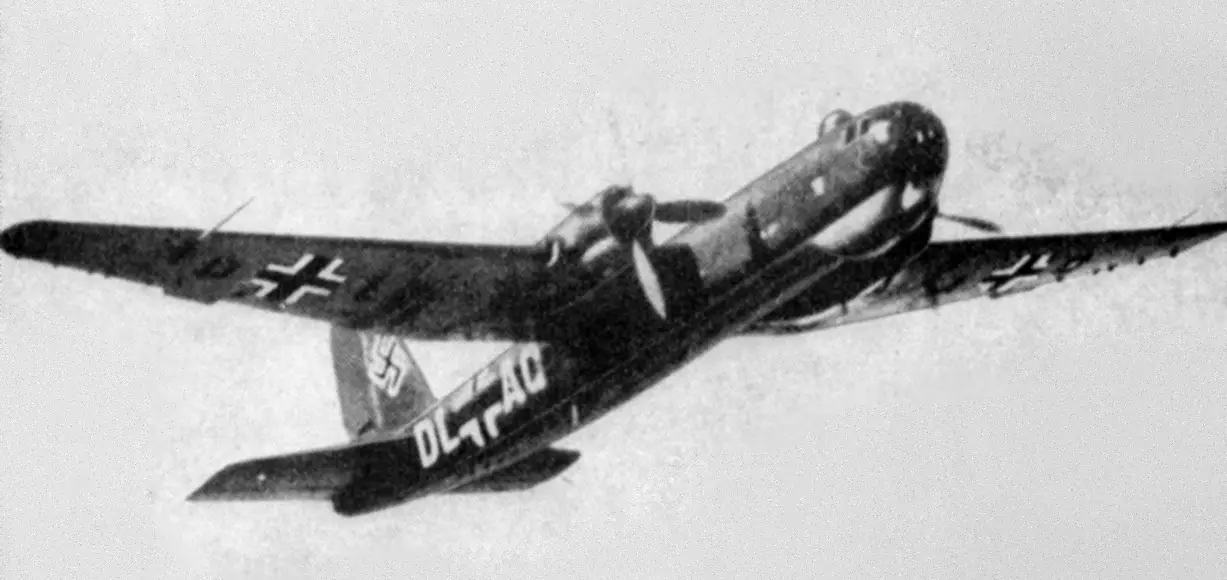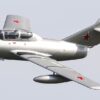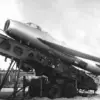A Unique Heavy Bomber Prototype
The Dornier Do 19, a prototype heavy bomber designed and developed during the 1930s, showcased unique characteristics that set it apart from other aircraft of its time, despite never reaching mass production. As a key component of the German “Ural Bomber” program, the Do 19 was conceptualized to be a formidable long-range bomber with the ability to strike deep within Soviet territory. The bomber’s design incorporated an extended range and substantial payload capacity, ensuring that it would be a force to be reckoned with.
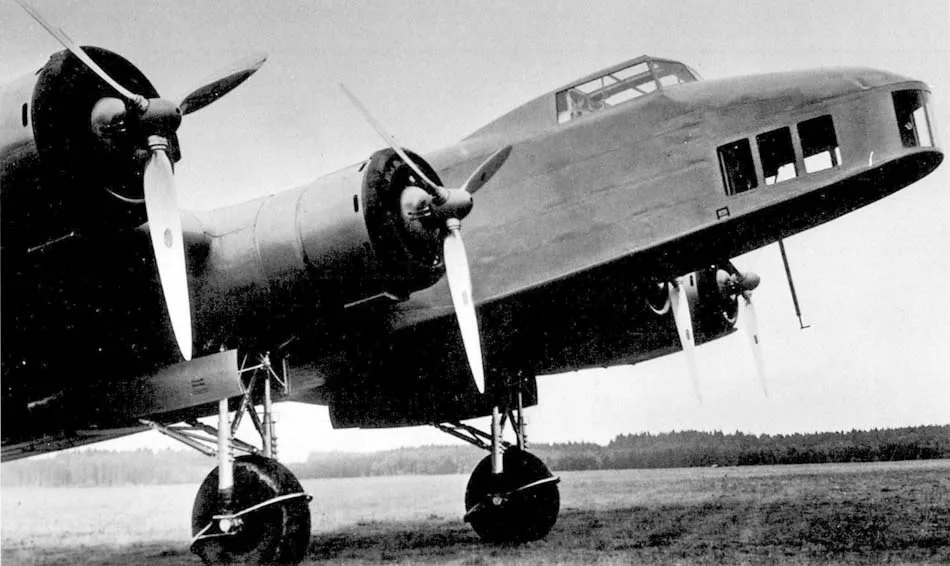
The aircraft’s advanced four-engine design, featuring four BMW VI liquid-cooled V12 engines, was a testament to its innovative nature. This powerful configuration not only provided the necessary range but also facilitated its intended mission. In addition, the Do 19 boasted a twin-tail configuration, which was a prevalent design element in many German bombers at the time. This feature enhanced the aircraft’s stability and control, particularly during extensive, long-range missions.
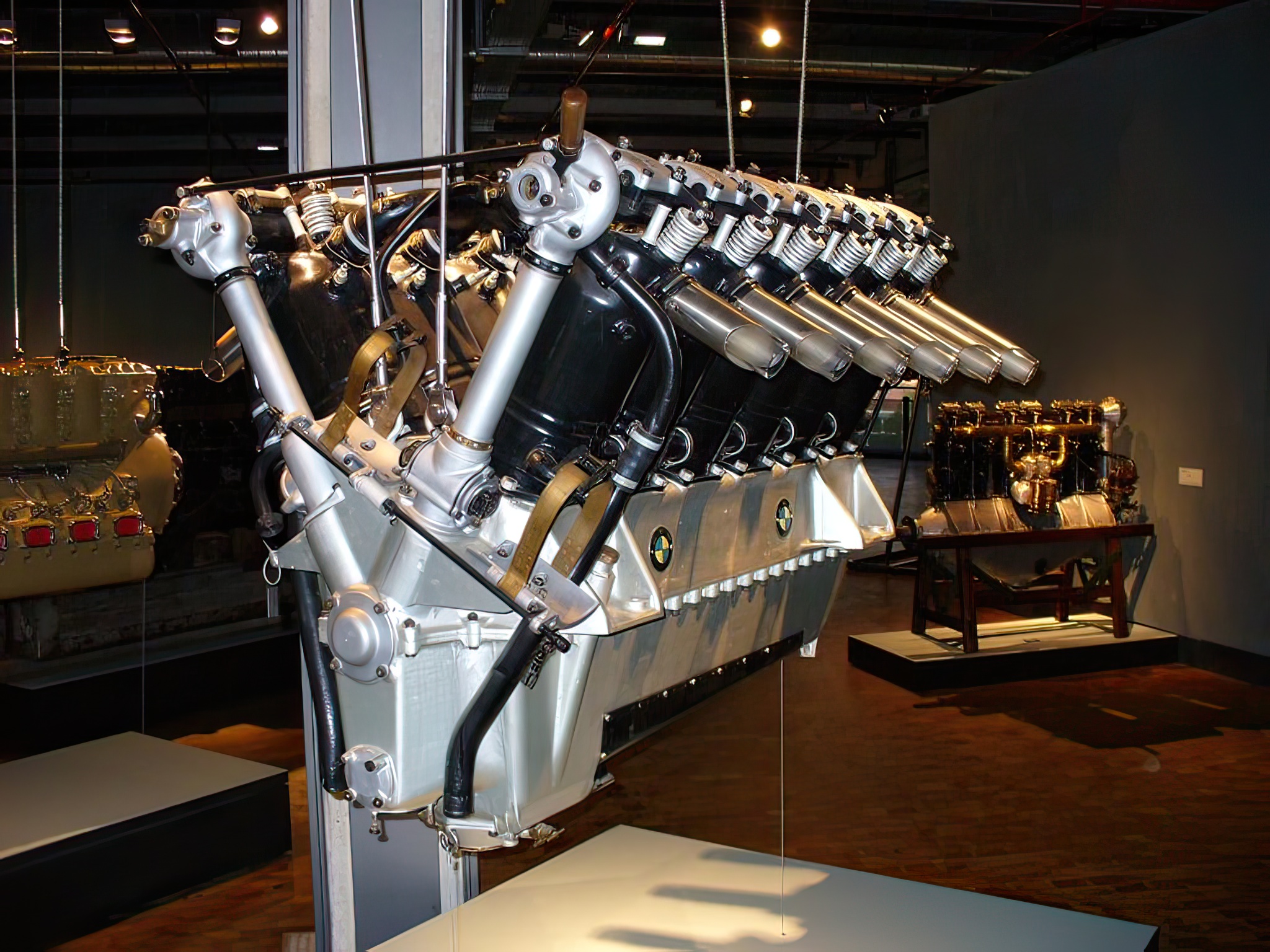
Defensive Capabilities
To further establish its dominance in the skies, the Do 19 was equipped with an array of defensive machine guns located in dorsal, ventral, and tail positions. These strategically placed weapons served to protect the aircraft from enemy fighters during bombing missions, ensuring that the bomber could complete its objectives with minimal interference.
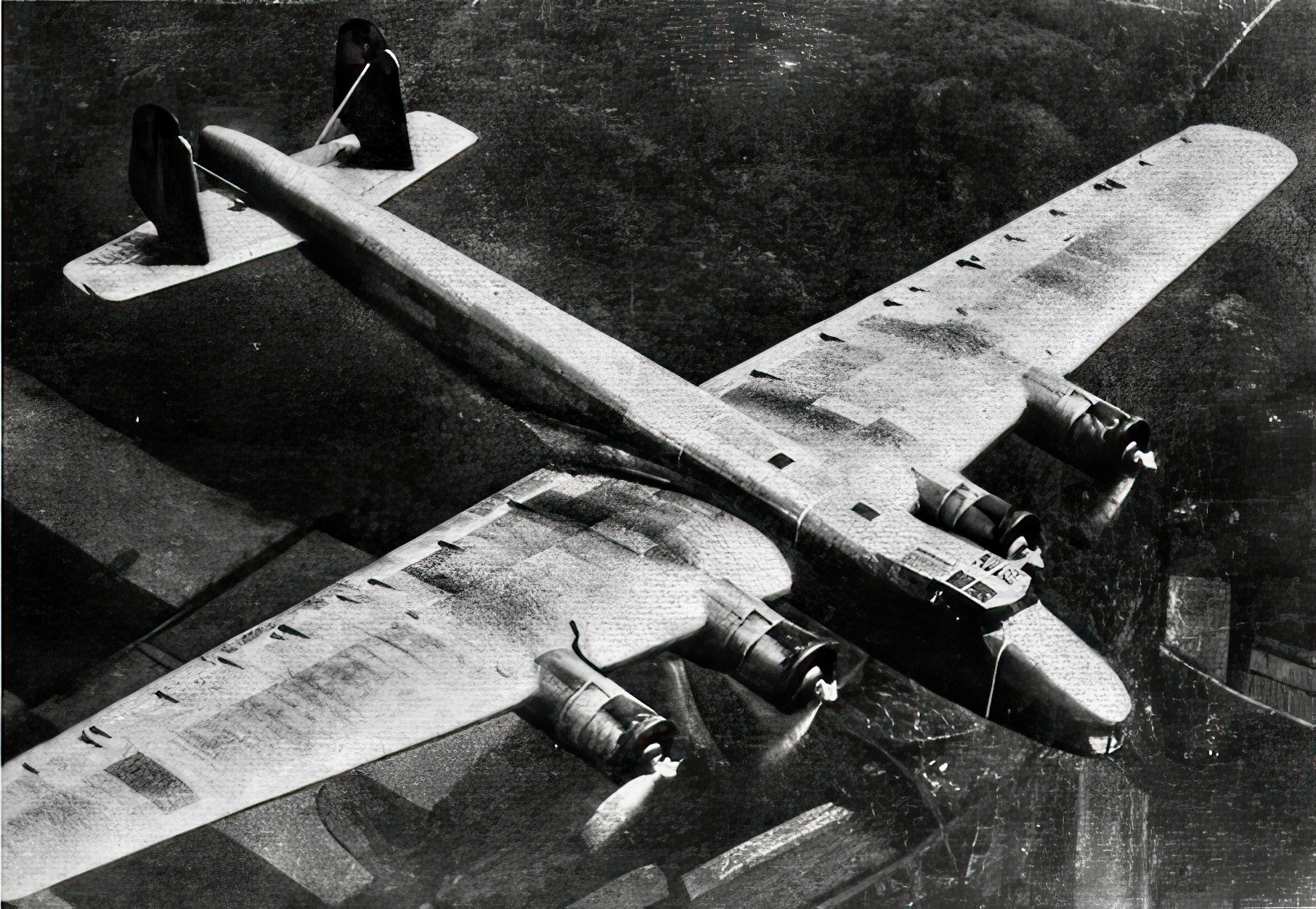
Despite its remarkable design and capabilities, the Dornier Do 19 fell short of achieving the success it was intended for. Nonetheless, the aircraft played a crucial role in shaping the future of German heavy bomber designs leading up to World War II. The fact that only one prototype was completed and flown imbued the aircraft with an air of rarity and distinctiveness, contributing to its historical significance.

Legacy and Impact of the Dornier Do 19
The lessons gleaned from the Do 19 project were invaluable, ultimately contributing to the development of more advanced bombers. Among these was the Heinkel He 177, which would go on to become the primary heavy bomber for the Luftwaffe during the war. The He 177 boasted enhanced capabilities and performance, drawing from the experiences and design philosophies of its predecessor, the Do 19.
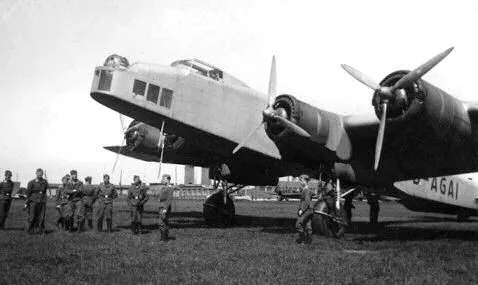
Moreover, the development of the Dornier Do 19 serves as a compelling reminder of the importance of innovation and exploration in the field of aviation. The pursuit of groundbreaking designs and cutting-edge technology, even in the face of failure, is crucial for progress and the advancement of the industry as a whole.
In retrospect, the Dornier Do 19’s story highlights the role of experimentation and iteration in the development of aircraft. While the bomber itself may not have reached its full potential or seen widespread use, the knowledge gained from its development was instrumental in shaping future aircraft designs.

